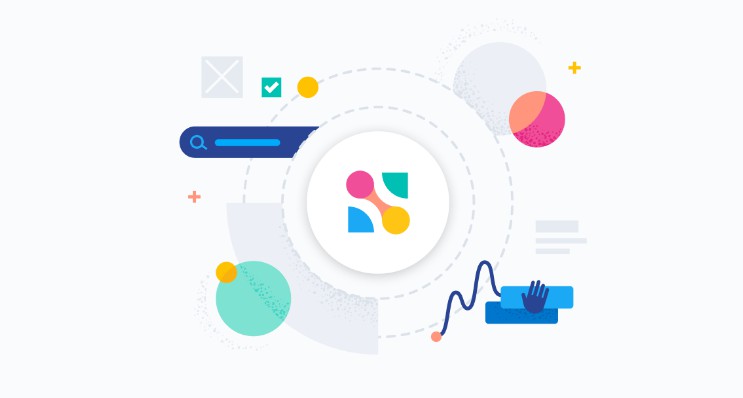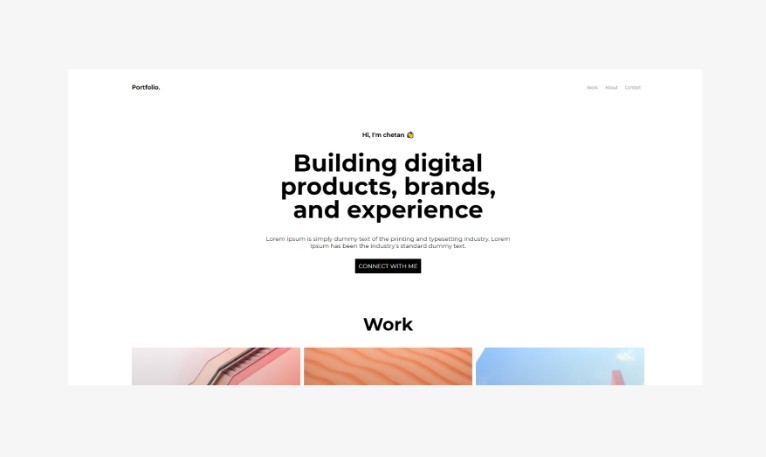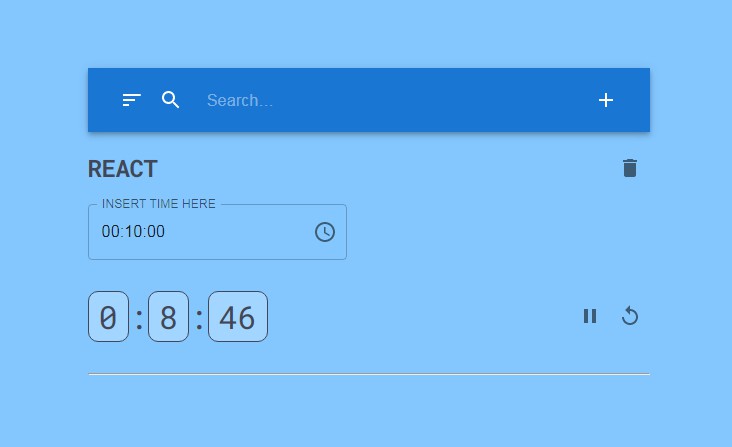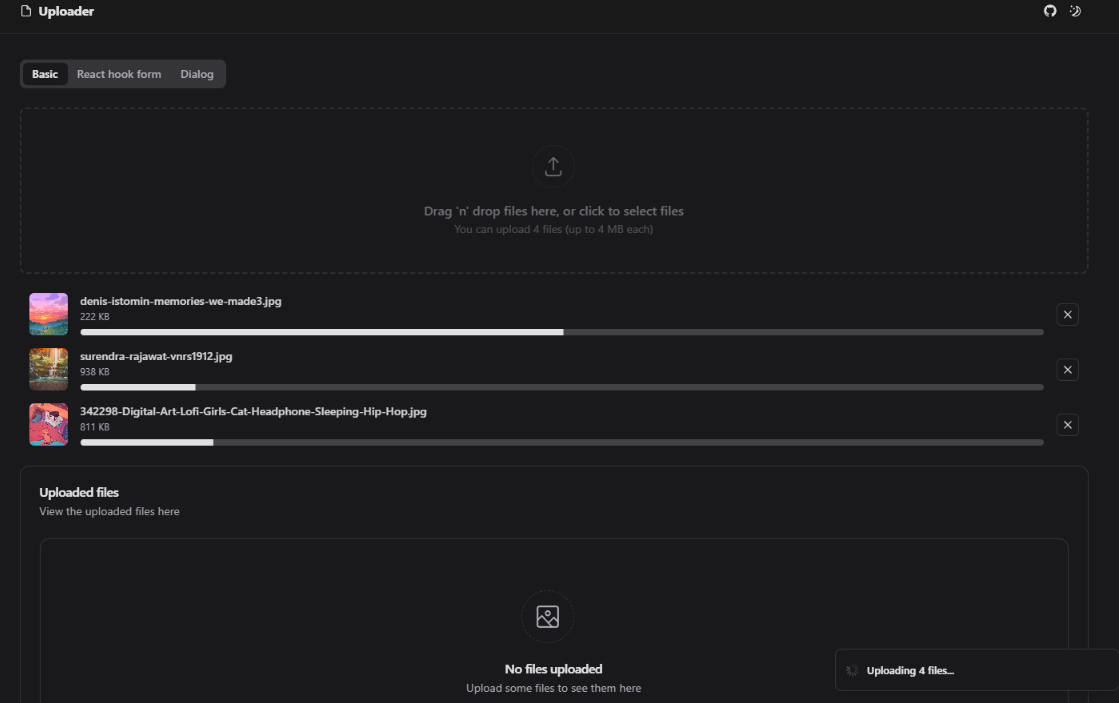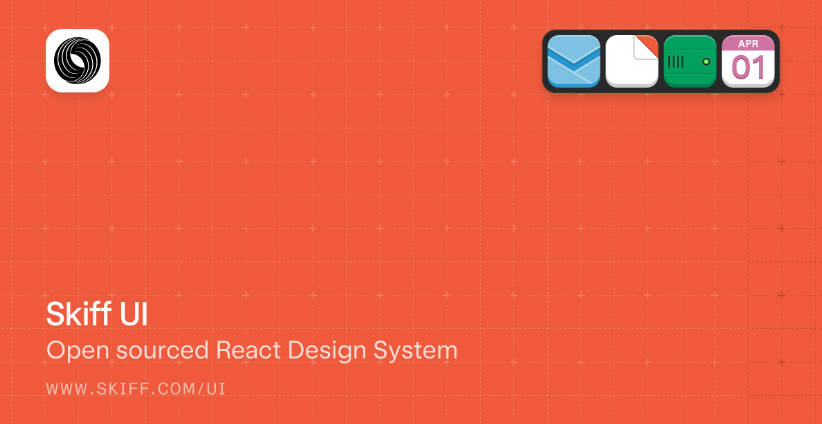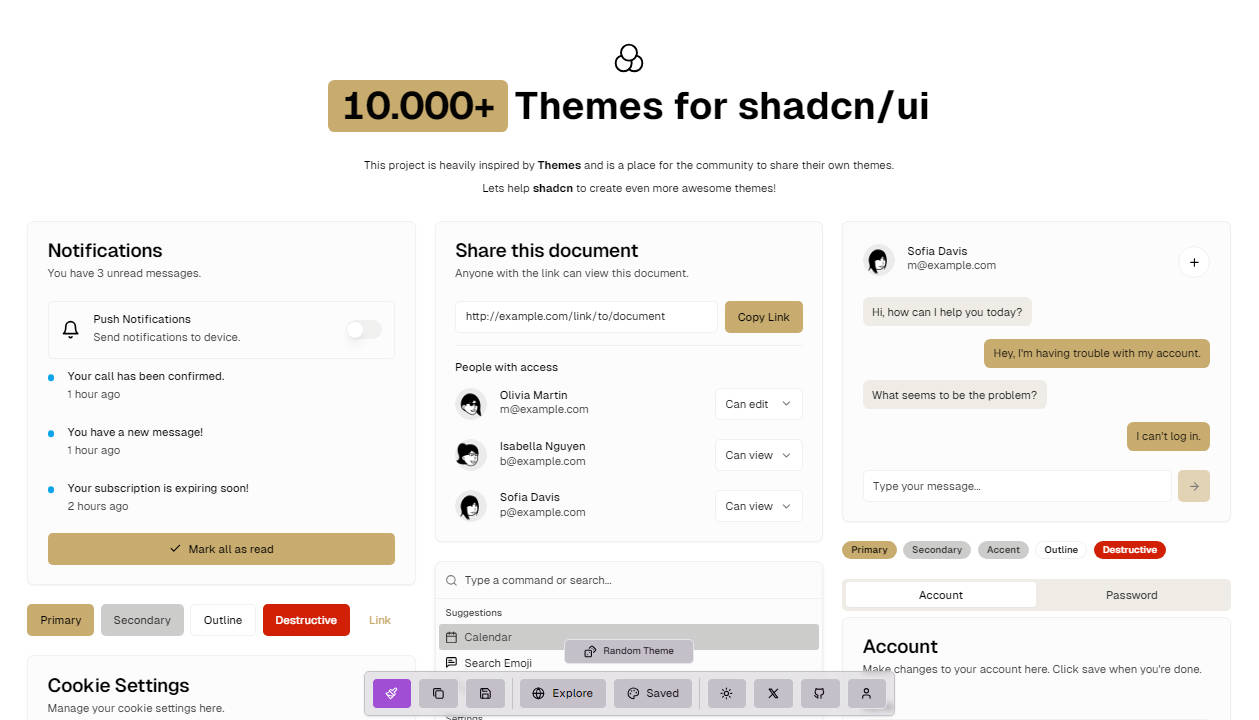Elastic UI Framework
The Elastic UI Framework is a collection of React UI components for quickly building user interfaces at Elastic. Not using React? No problem! You can still use the CSS behind each component.
You should check out our living style guide, which contains many examples of components in the EUI framework aesthetic, and how to use them in your products. We also have a FAQ that covers common usage questions.
Installation
To install the Elastic UI Framework into an existing project, use the yarn CLI (npm is not supported).
yarn add @elastic/eui
Note that EUI has several peerDependencies requirements that will also need to be installed if starting with a blank project. You can read more about other ways to [consume EUI][consuming].
yarn add @elastic/eui @elastic/datemath moment prop-types
Running Locally
Node
We depend upon the version of node defined in .nvmrc.
You will probably want to install a node version manager. nvm is recommended.
To install and use the correct node version with nvm:
nvm install
Documentation
You can run the documentation locally at http://localhost:8030/ by running the following.
yarn
yarn start
If another process is already listening on port 8030, the next free port will be used. Alternatively, you can specify a port:
yarn start --port 9000
Goals
The primary goal of this library is to provide reusable UI components that can be used throughout
Elastic's web products. As React components, they remove CSS from the process of building UIs.
As a single source of truth, the framework allows our designers to make changes to our aesthetic
directly in the code. And unit test coverage for the UI components allows us to deliver a stable
"API for user interfaces".
